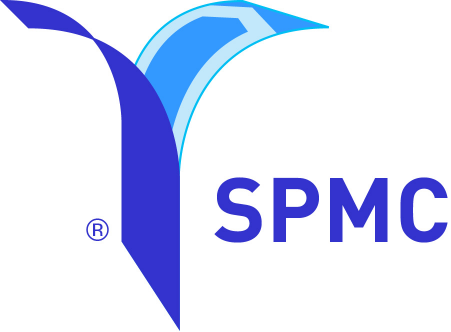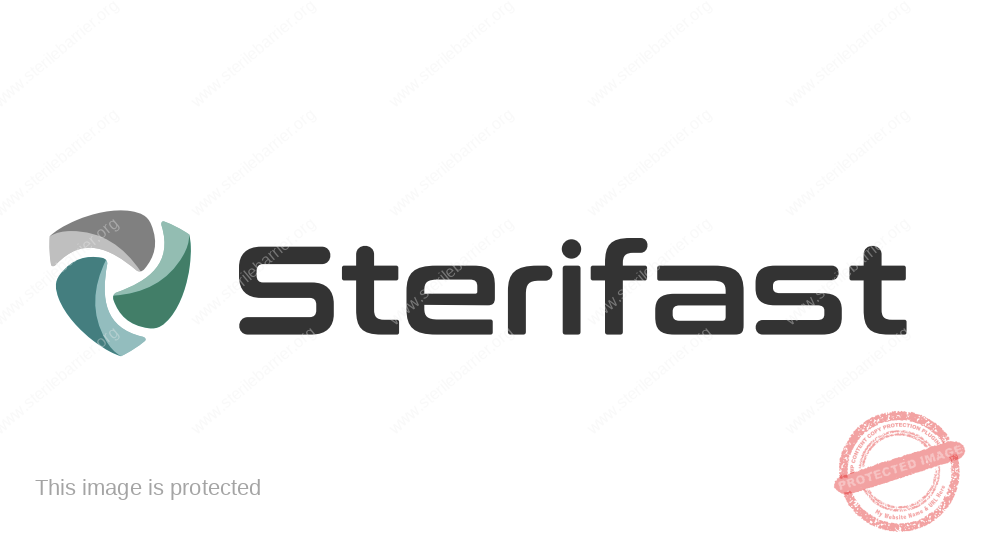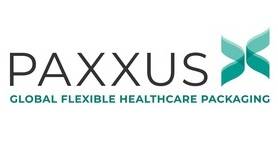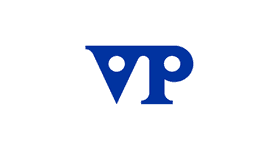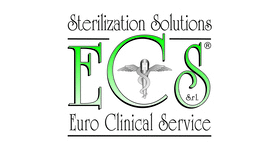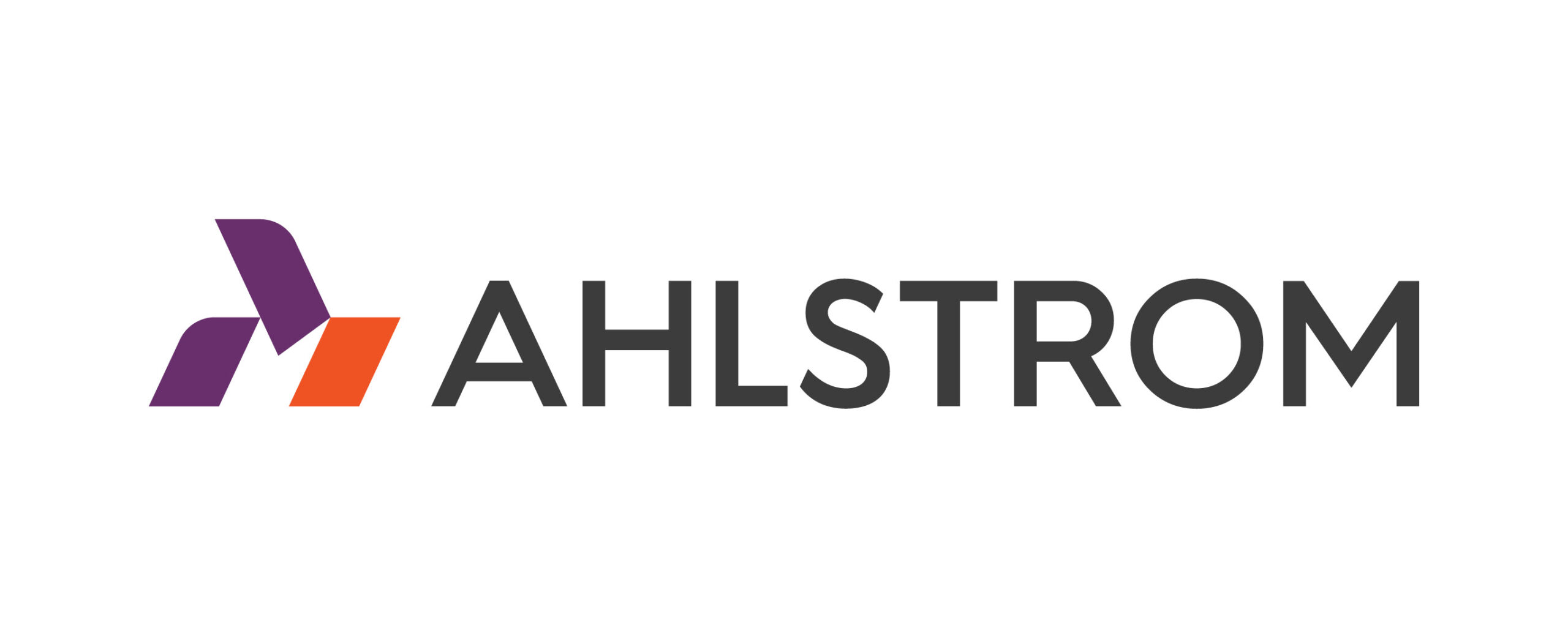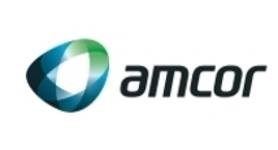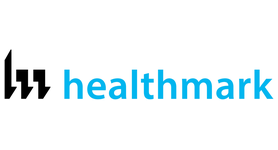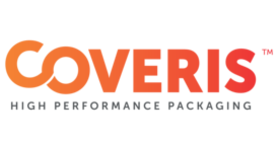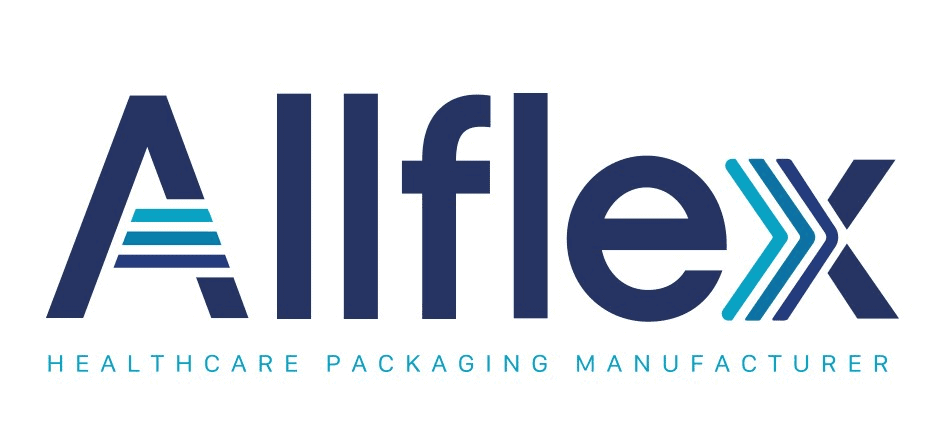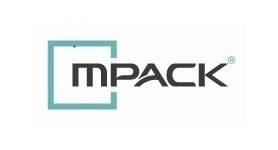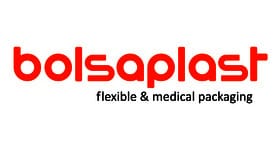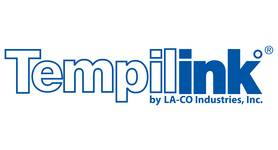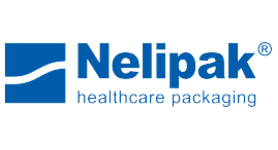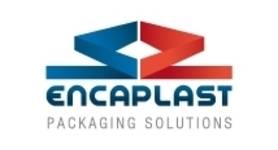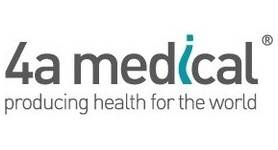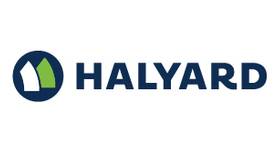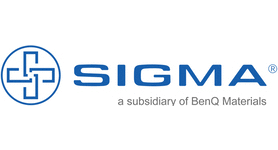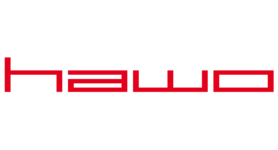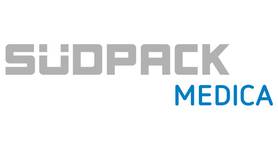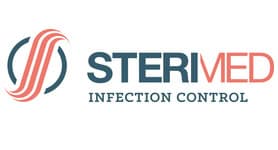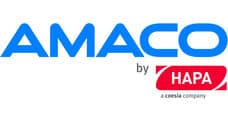LEGAL REQUIREMENT
The main Directives regulating the Medical Device industry in Europe are:
Directive 2007/47/EC of the European Parliament and the Council of 5 September 2007 amending:
Council Directive 93/42/EEC on Medical Devices (MDD) (1992)
Council Directive 90/385/EEC on Active Implantable Medical Devices Directive (AIMDD) (1990)
and Council Directive 98/79/EC on In vitro Diagnostics Medical Devices (IVDMD) (1998)
The Directives concerning medical devices are based on the principles of the New Approach. Read more about the New Approach. Under this approach, the Directives define the essential requirements i.e. the legal requirements that devices have to meet when they are put on the market or put into service.
Sterile Barrier systems are considered to be ‘accessories’ to medical devices as defined under the MDD i.e. ‘an article which whilst not being a device is intended specifically by its manufacturer to be used together with a device to enable it to be used in accordance with the use of the device intended by the manufacturer of the device’. For the purposes of the Directive, accessories are treated as medical devices in the requirement to comply with the essential requirements as set out in Annex 1 of the Directive.
The essential requirements are concerned with eliminating or reducing risks as far as possible. They refer to, for example, risks associated with the chemical, physical and biological properties of materials including toxicity, bio-compatibility and compatibility with sterilisation systems. They also refer to the risk of infection and microbial contamination and specify the use of non- reusable packaging and/or appropriate procedures to minimise the risks for devices which are to be delivered in a sterile state.
To demonstrate conformity with the essential requirements assessments must be carried out. Generally, sterile barrier systems are taken into account as an accessory or part of the device in the overall conformity assessment process carried out by a device manufacturer on the final product. However, sterile barrier systems sold directly to the hospitals are considered as Class 1 devices (generally regarded as low risk) under the Directive and the responsibility for the conformity assessment lies with the sterile barrier manufacturer.
Devices considered to meet the essential requirements must bear the CE marking of conformity when placed on the market. It is usual, to avoid confusion with the CE mark for the final product, for sterile barrier systems considered as Class 1 devices sold separately to the device prior to sterilisation to carry the CE mark on the sales packaging rather than on the individual bag, pouch or sheet. The CE mark is a symbol of quality, safety and efficiency. Please refer to the SBA position paper on CE marking of sterile barriers



